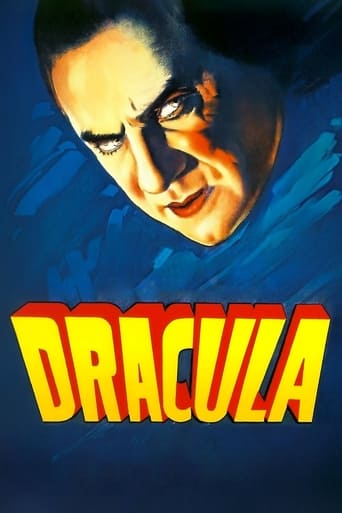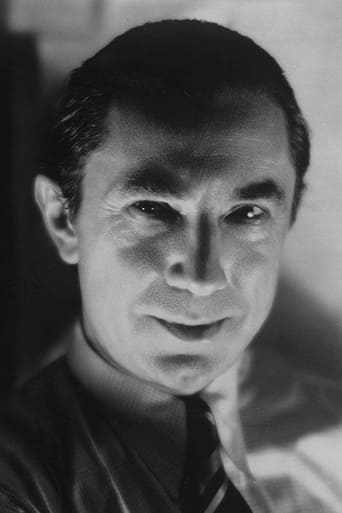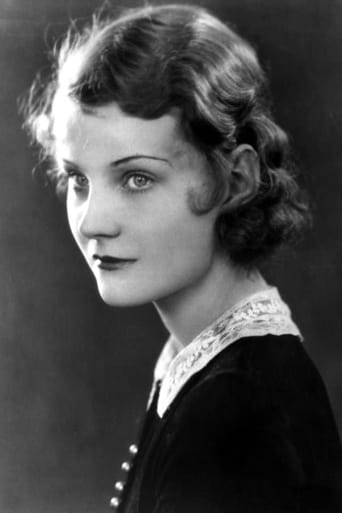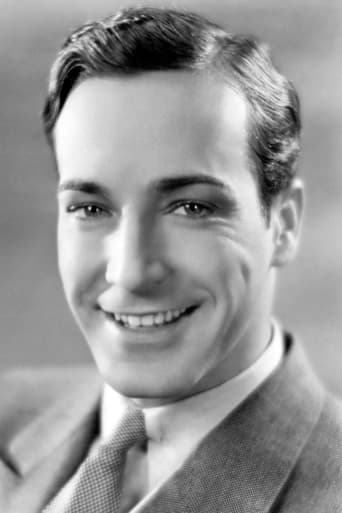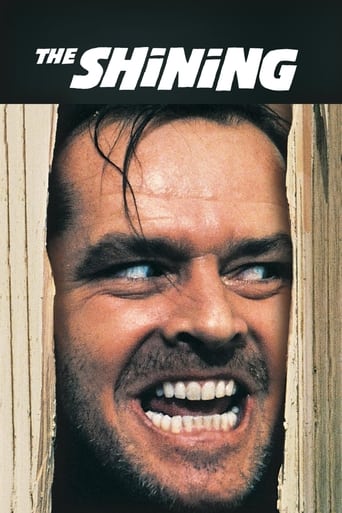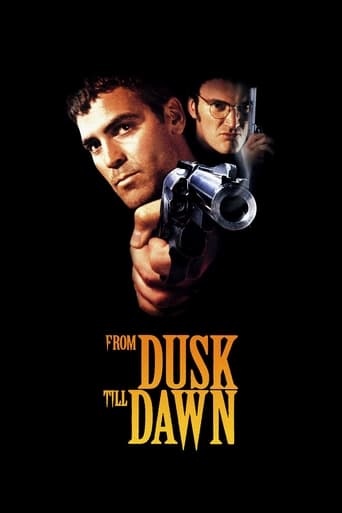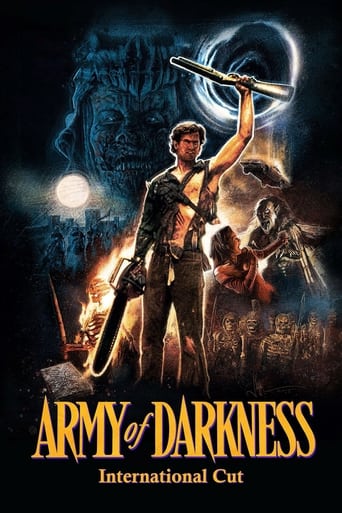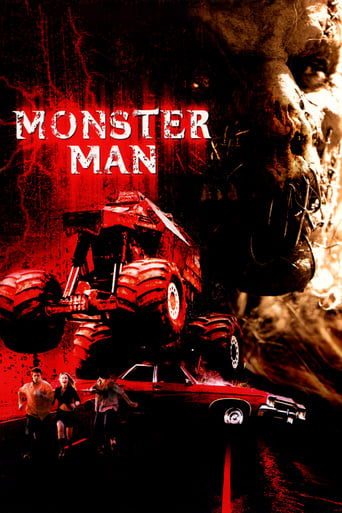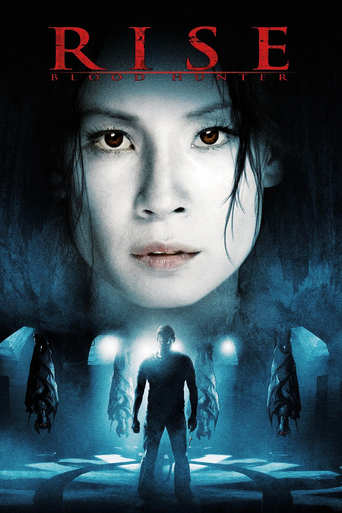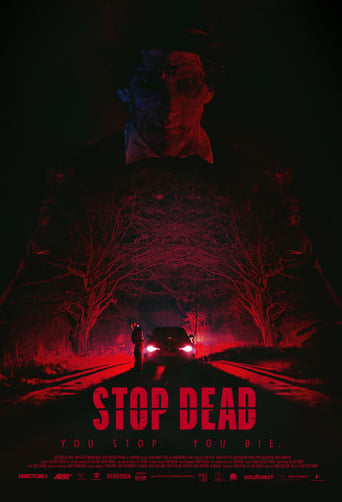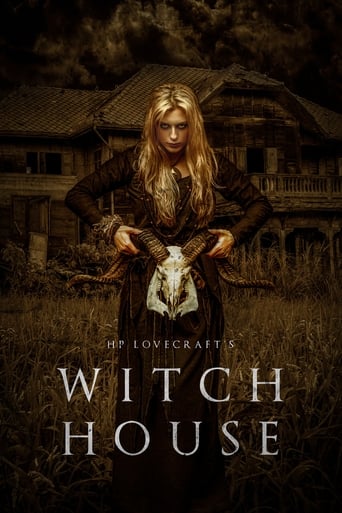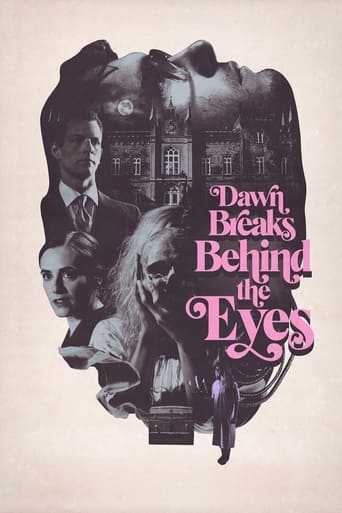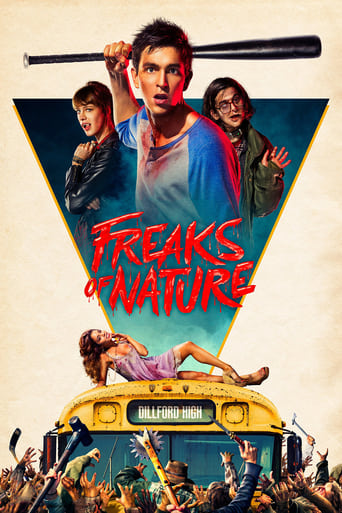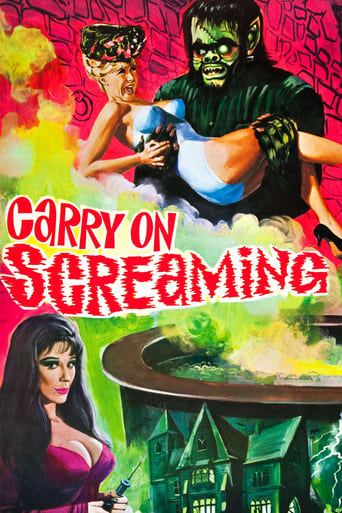Dracula (1931)
British estate agent Renfield travels to Transylvania to meet with the mysterious Count Dracula, who is interested in leasing a castle in London and is, unbeknownst to Renfield, a vampire. After Dracula enslaves Renfield and drives him to insanity, the pair sail to London together, and as Dracula begins preying on London socialites, the two become the subject of study for a supernaturalist professor, Abraham Van Helsing.
Watch Trailer
Cast


Similar titles
Reviews
Sorry, this movie sucks
To all those who have watched it: I hope you enjoyed it as much as I do.
The movie is made so realistic it has a lot of that WoW feeling at the right moments and never tooo over the top. the suspense is done so well and the emotion is felt. Very well put together with the music and all.
It's simply great fun, a winsome film and an occasionally over-the-top luxury fantasy that never flags.
How do you review a film which is not only over 85 years old but is widely regarded as an utter masterpiece of early Hollywood cinema? I guess you should start at the beginning ... Chances are if you were to do an impression of the Count, you'd be inadvertently mimicking Lugosi's shining role as the vampire in pursuit of fresh blood while playing a cat-and-mouse game with vampire hunter Van Helsing.This was, of course, not the first film to be based on Bram Stoker's novel - Nosferatu (1922) and the lost Russian film Drakula (1920) borrowed plot points and the vampirical villain, but neither were could use the copyrighted contents of the book. The 1931 film was, however, the first talking Dracula film, meaning that Bela Lugosi (originally from modern-day Romania) invented the Count's accent everyone copies today.Lugosi's successful, if ultimately tragic, career in horror (alongside the likes of Boris Karloff, Peter Lorre and Lon Chaney Jr) can be traced back to the original Broadway adaptation and subsequent film held in such high regard today. Even when Dracula is uncentered in the shot as one of five characters on a balcony at an opera, he still commands the screen (as you can imagine he surely would've done on stage four years before).Dwight Frye also gives an intense performance as solicitor-turned-slave Renfield. His descent into submissive madness might be considered a bit campy these days, but that laugh on the ship gives me goose bumps every single time I hear it.Interestingly, there's no music in the film with the exception of the classic Swan Lake opening titles. When it's meant silent in Lucy or Mina's pitch black bed chamber, it's totally silent and much tenser than it might've been with a soundtrack. A version was released in 1998 with an orchestral score written by Philip Glass - the music in this version of the film (now the most viewed) is subtle and does its job admirably without too much distraction from the original directorial intentions.While the film is not scary anymore (in 1931, it surely would've been) it's worth a watch for the technical advancements it shows (including a simple tracking shot which was revolutionary at a time of static cameras) and its significance to film and the horror genre. No-one can deny its impact.Many of the film's lines have passed into folklore, Dracula's voice is rarely altered, and his slicked-back appearance became the standard for vampires since. It's not just part of our pop culture; it might just be the earliest inclusion in pop culture full-stop ... and it's still relevant nearly a century later. Best Quote: "For one who has not lived even a single lifetime, you're a wise man, Van Helsing."
This movie is slow from beginning to end and nothing about it really scares me. The one strength I can find is Bela Lugosi's performance as Dracula. Everything else was weak and felt mediocre in its execution
"Dracula" is a classic character in itself, Bela Lugosi's portrayal of this famous character will continue to be my favorites. This was truly a role he was born to play, the way he carries himself with such sophistication and completely memorizes his audience. The scenery was stunning and Dracula's castle was absolutely breathtaking, and made you get the vibe it was trying to give off. While the acting and scenery were fantastic, it was very slow, and I felt like most parts dragged more then others, and it personally made me lose interest very quickly. However overall, the film was pretty amazing. This film will continue to be a classic and put all the remakes to shame.
The first Hollywood, first talkie and first authorized film adaptation of Bram Stoker's novel, "Dracula" is one of the most influential motion pictures ever. Not only did it further popularize its titular character—and an especially iconic version of him as portrayed by Bela Lugosi—as well as vampires in general and the lore surrounding them, it also launched supernatural horror as a regular genre in Hollywood. "Dracula" led to a series of Universal monster movies, which kept the studio afloat during the Great Depression, and persuaded other companies to make their own shockers. Consequently, the 1930s especially are considered a golden age for horror.1931 alone featured adaptations of three of the most prominent British Gothic horror novels of the 19th Century; Universal followed up Stoker's "Dracula" with Mary Shelley's "Frankenstein," and Paramount produced Robert Louis Stevenson's "Dr. Jekyll and Mr. Hyde." In comparison to those two, "Dracula" has a few handicaps. All three novels used the epistolary form—multiple narrators from various documents, such as diaries, letters and newspapers. But, Stoker's book is the most weighed down by its complete reliance on such narration, which is also partly why it's longer than the other two. Unlike the other two adaptations, "Dracula" was also preceded by and has since been compared to a much-acclaimed adaptation of the same novel: F.W. Murnau's "Nosferatu" (1922). Another handicap is that filmmakers in general learned a lot about making synchronized- sound films in the few months between the production of "Dracula" and of "Frankenstein" and "Jekyll and Hyde." All three stories had also been made into popular plays, but the filmed "Dracula" suffers the most from the staginess common of early talkies.Consequently, a novel that featured extensive geographic crisscrossing is largely reduced to inside scenes, many of which are within the small area of Seward's Sanitarium and Dracula's Carfax Abbey next door. These scenes can be plodding, including the near 3-minutes single-shot talkfest around the 50-minutes mark. Cinematographer Karl Freund's mobile camera isn't enough to entirely relieve the cramped theatrics of these sound stages, which would've been better served by more scene dissection, including the shot-reverse-shot technique. Other parts flow well, however, including the Transylvania scenes, which include decent matte painting for glass shots and sets for the Count's castle. The scenes of Dracula prowling the streets of London work well, too, in portraying the menace of a vampire who seamlessly blends into Western society, including attending the theatre. There are many pans, tilts, dolly and crane shots scattered throughout; the first shot of Lugosi as Dracula and the establishing shot of Seward's Sanitarium are especially dynamic.Wisely, the filmed "Dracula" significantly condenses Stoker's novel. Some of the characters entirely bite the dust and others are turned into conglomerations. The three suitors of Lucy are gone, although Seward is reassigned to a minor role, including now being Mina's father. It mostly gets rid of the blood transfusion business. The book's suggestive themes of vampirism as sex and venereal disease are consequently toned down, but that was probably also the intent of a studio that had to contest with censors. It's a bit surprising, then, that it retained the three female vampires, especially considering their role is almost sexless here, and their being isn't really explained in either media.I'm less fond of some of the other alterations. The expansion of Renfield's character is at the expense of a diminished role for Harker. The film provides a reason for Renfield's insanity, but largely removes the doubles theme of Dracula replacing Harker. Nevertheless, the overall themes of xenophobia and Christian duality remain. Most unfortunately, Mina's role is reduced entirely to damsel in distress. The novel, while superficially antagonistic of the so-called "new woman," in the end, had Mina emerge as the gang's leader. The film, however, is more regressive and simply reduces everything to a battle of wills between two men, Dracula and Van Helsing.What sets this filmed "Dracula" above (at least in part) and apart from the novel and other adaptations is Lugosi's performance. I can't even see other screen translations, let alone read the book, without picturing Lugosi's Dracula in the back of my mind. He's part of our cultural iconography now. He combined moments of eerie, unblinking posturing with sudden theatrical outbursts and wonderfully-inflected line delivery through a thick Hungarian accent. His are the definitive readings of Stoker's dialogue (e.g. "I bid you welcome" and the "children of the night" line) and the original quip (since frequently adopted by subsequent productions), "I never drink wine." Whereas Stoker's Dracula was grotesque, Lugosi's is even more menacing because he's suave enough to fit in with the West. Yes, he liked his blood with a side of ham, but that's really what the role demanded. It adds a level of campiness entirely lacking from Stoker's moralistic tale. Bela was probably the best actor in the business at realizing such added appeal of monster movies, including in other Universal classics such as "The Black Cat," "The Raven" and "Son of Frankenstein." James Whale ("Frankenstein," "The Old Dark House," "The Invisible Man" and "Bride of Frankenstein") was probably the best director in the same line. Too bad they didn't make a movie together. Lugosi's performance is also enhanced by the masked highlighting of his eyes, the creaky creepiness of pauses in the film's pacing and its original lack of a score. While some of the other actors are just bad, Dwight Frye as Renfield also gets the tone right, as does Charles Gerrard in an otherwise unnecessary comic-relief role as an asylum guard.Next, see the Spanish-language version of "Dracula" (1931). There are some interesting differences between the two films, for better and worse.(Mirror Note: Mirrors are important in "Dracula," of course. The mirror shot of Mina and Lucy is done better in the Spanish film, but Dracula's non-reflection in a cigarette-box mirror is slightly better here.)

